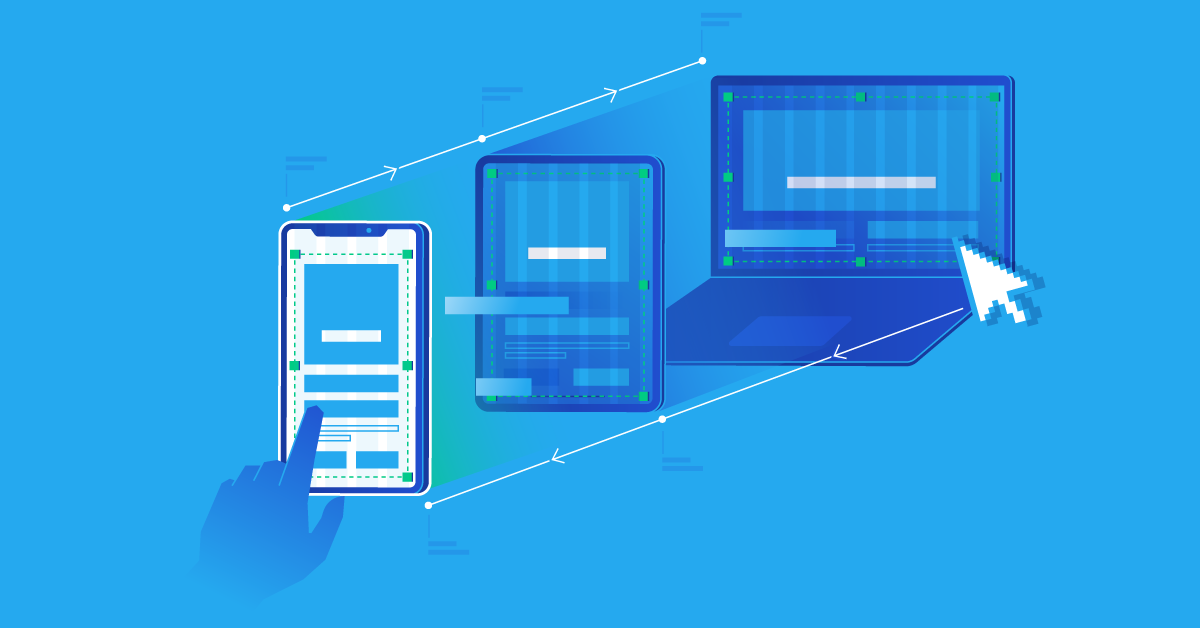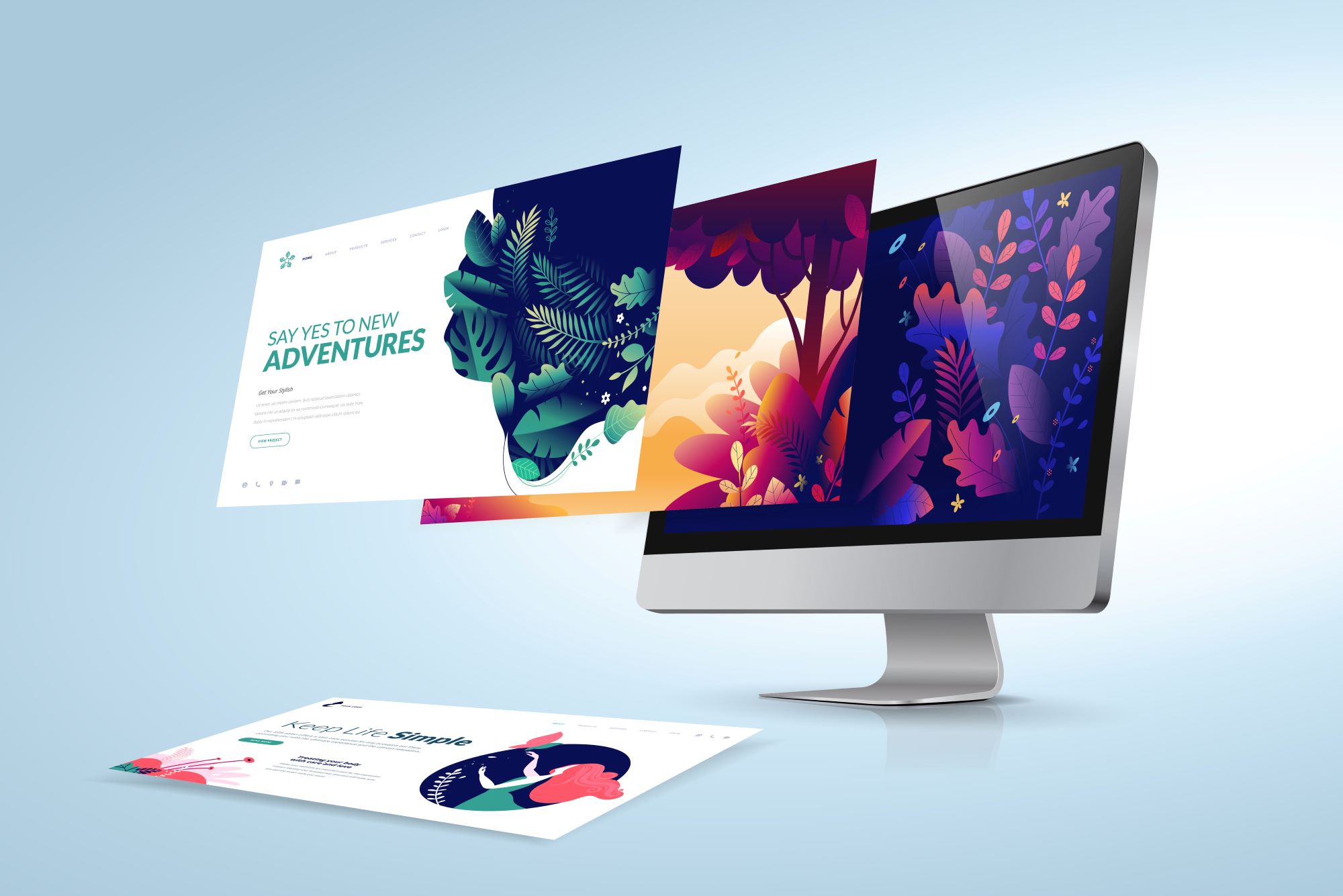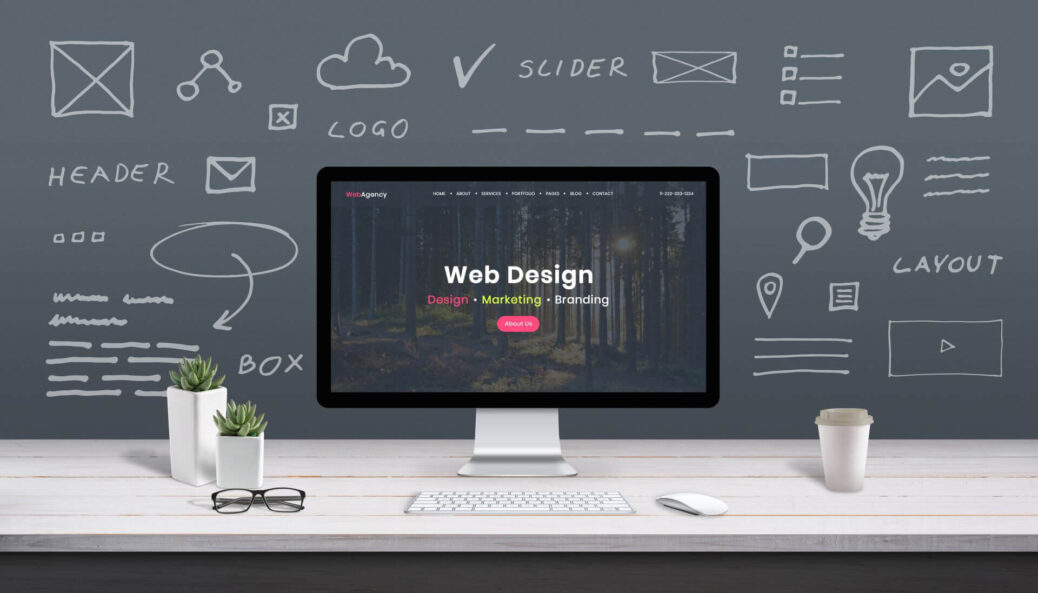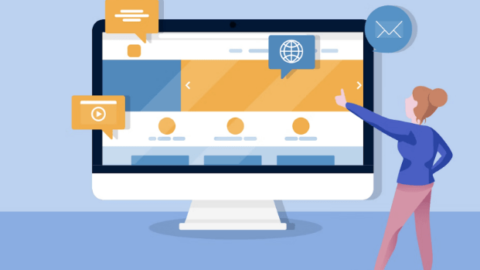The Impact Of User Experience (UX) On Web Design: Best Practices
Web design trends are constantly evolving, driven by the changing behavior and expectations of users. To deliver the best possible user experience (UX), web design agencies must remain at the forefront of these trends. In this article, we will delve into the significant impact of UX on web design and discuss the best practices that can be implemented to achieve optimal results. As user preferences and technology continue to advance, keeping up with web design trends is crucial for creating effective and engaging websites. By staying abreast of the latest trends, web design agencies can ensure that their client’s websites align with user expectations and provide an exceptional user experience. In this article, we will explore how UX influences web design decisions, impact of user experience, and discuss the key principles and strategies that web designers should employ to create user-centered and visually appealing websites.
Table of Contents
What is the UX approach to website design?
The UX (User Experience) approach to website design focuses on understanding and empathizing with the needs and preferences of users. It involves creating intuitive, user-centered designs that prioritize ease of use, clear navigation, and a satisfying overall experience, resulting in increased engagement and user satisfaction.
What is the role of user experience in web design?
The role of user experience (UX) in web design is to ensure that websites are designed with the end-user in mind. It involves understanding user behavior, preferences, and goals to create intuitive interfaces, clear navigation, and engaging interactions that enhance usability, satisfaction, and overall user engagement with the website.
Best Practices For UX Design In Web Design
UX design is critical in building an aesthetically pleasing and user-friendly website. To achieve optimal results, web design agencies must adopt best practices that meet users; needs by understanding their behavior and preferences. This section will explore the best practices in web design that can help web designers build engaging and intuitive websites.
1. Research And Analysis
To create a successful web design, it is crucial to conduct research and analysis on the website’s target audience. This includes examining user behavior patterns, such as what users typically search for and what they find challenging or frustrating about existing websites that offer similar products or services. By gathering and analyzing this information, you can identify potential pain points and design solutions to enhance the user experience. This data will be instrumental in developing an effective web design strategy that will meet your audience’s unique needs and preferences, ultimately resulting in increased traffic and improved conversion rates. Therefore, thorough research and analysis are critical in creating a successful web design.
2. A User-Centric Approach
A user-centric approach is essential in building a web design that accommodates the user’s needs and preferences. It involves understanding, empathizing, and placing the user at the center of the design process. By adopting this approach, designers can create web designs that are simple, intuitive, and easy to navigate, providing the user with a satisfying experience. A user-centric design should align with the user’s goals, guiding them to their desired information or action while enabling seamless and efficient website use. In summary, a user-centric design prioritizes the user’s needs and eyes to create a design that is engaging, relevant, and easy to use.
3. Responsive Design

Responsive design is an essential aspect of web design, enabling a website to adapt and respond to the user’s screen size. With the increasing use of various devices such as desktops, laptops, tablets, and smartphones to access websites, it is crucial to ensure that the website design is responsive. By implementing responsive design techniques, designers can ensure that the website’s layout, content, and functionality remain consistent and accessible, regardless of the device used. This adaptability guarantees a seamless user experience, allowing users to easily navigate and consume content on any device they prefer. Incorporating MVP principles is a forward-thinking strategy that can further enhance the effectiveness of your web design projects.
4. Clear Navigation
Navigation is vital in web design; it helps users find what they want on a website. Clear navigation makes it easy for users to find what they want, and they are more likely to spend time on the site. A well-structured navigation system allows users to easily access important content while maintaining the site’s visual design integrity.
5. Optimal Load Speed
Web design agencies must aim for optimal load speed, as it is a critical factor impacting user experience. Users value websites that load quickly and easily. A slow website can have a detrimental impact on the user experience. As a result, the user is likely to leave the site before finding what they looking for.

6. Accessibility
Accessibility is often overlooked in web design, but it is integral to it. Web designers must ensure a site is accessible to users with disabilities, including visual, hearing, and motor impairments. This includes using contrasting colors, providing alternative text, keyboard navigation, and more.
7. Usability Testing for User Experience
Usability testing enables designers to get insightful feedback from users regarding a website’s design. This testing helps to identify user behavior, preferences, and expectations and refine UI
and web design. By adopting this best practice, design agencies can improve the overall user experience and achieve desirable results.
Usability testing for UI involves evaluating the design and functionality of a user interface to ensure it is user-friendly and meets the needs of its intended users. The process includes defining testing objectives, recruiting representative participants, creating realistic tasks, conducting testing sessions, gathering user feedback, analyzing findings, making iterative improvements, and repeating testing as needed. This iterative approach helps create intuitive and efficient interfaces that provide a satisfying user experience.
Conclusion on User Experience UX
User experience is a critical aspect of web design, impacting a users attitude towards a site. Effective web design consists of many critical elements, including intuitive navigation, clear and concise content, optimal load speed, and responsive design. Moreover, research and analysis, a user-centric approach, and usability testing are essential to achieve the desired results. As web design trends evolve, agencies must prioritize user experience to build aesthetically pleasing, accessible, and user-friendly websites. Doing so can deliver outstanding user experiences that meet their client’s needs and exceed their audience’s expectations.

With more than 20 years of progressive experience as Program Manager and Project Manager had led complex IT projects/programs in a wide variety of industries in America, Latin America & Italia.
Mario Bisson Andini is an advanced Program Manager who is the founder of Bisson Training.










